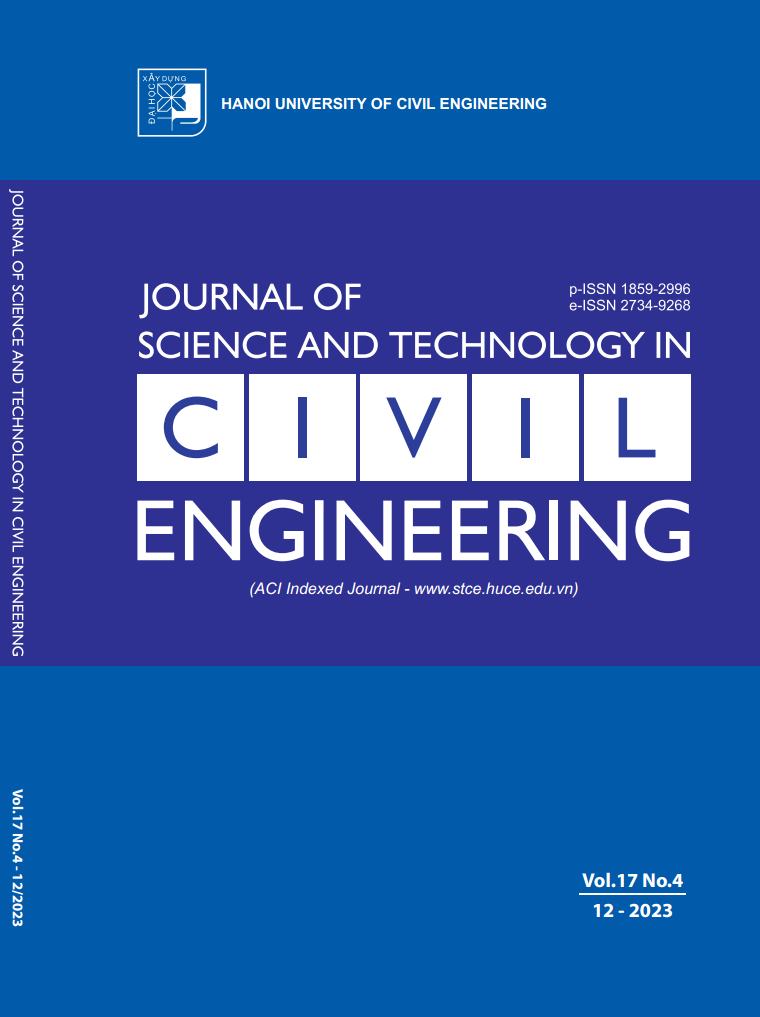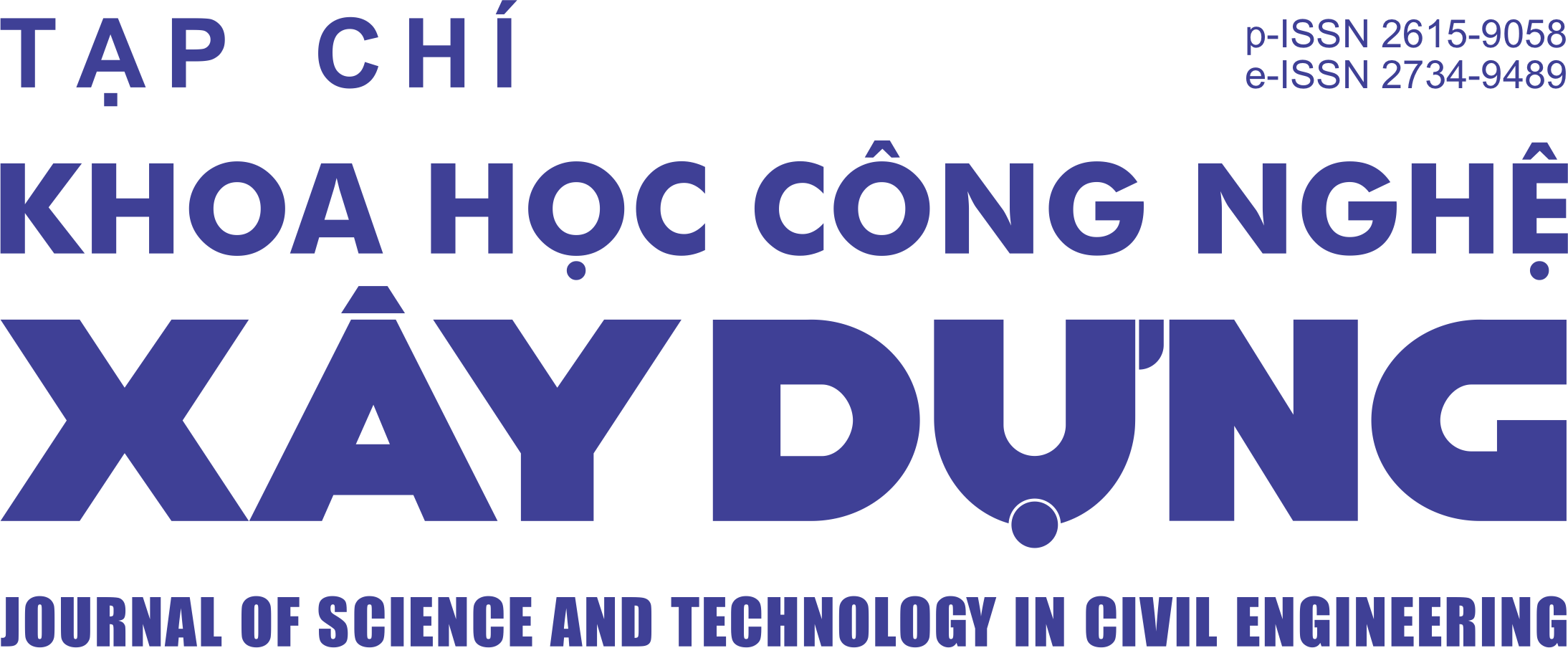Causes of safety risk during tower crane operations on construction sites in Vietnam
Abstract
The construction industry holds significant importance for any nation; however, it remains a high-risk sector
characterized by a significant number of fatalities and grave injuries. Among these risks, tower crane operations
stand out as a leading contributor to the heightened risk rate. This research paper endeavors to assess the safety risks inherent in tower crane operations at construction sites in Vietnam. This assessment is conducted from the perspective of various stakeholders involved in tower crane activities, namely managers, operators, and workers. To achieve this, a meticulously structured questionnaire utilizing a five-point Likert scale was formulated and distributed to gather insights from 78 proficient individuals engaged in tower crane-related tasks. The outcomes from all participants collectively underscore 21 distinct causes that give rise to safety risks during tower crane operations in Vietnam. Nonetheless, noticeable differences in opinions appear when looking at answers from managers, operators, and workers. The operators and workers showed that “Winds (wind intensity seriously affects the lifted load and tower crane itself)” are the most common safety risk. On the other hand, the managers highlighted the issue of whether the “Tower crane operator is an in-house staff member or outsourced” as their main concern. The managers, operators and workers showed that “Experience and skills of the operator during operating tower crane”, “Maintenance management degree of the tower crane and lifting aids”, and “Overhead power lines in the tower crane’s work region” are the most severe cause of safety risk, respectively. Operators and workers pointed out that the "Degree of maintenance management for tower cranes and lifting aids"has the highest safety risk level. However, managers highlighted that “Winds (wind intensity seriously affects the lifted load and tower crane itself)” pose the highest safety risk level.
Downloads
Copyright (c) 2023 Hanoi University of Civil Engineering

This work is licensed under a Creative Commons Attribution-NonCommercial-NoDerivatives 4.0 International License.
1. The Author assigns all copyright in and to the article (the Work) to the Journal of Science and Technology in Civil Engineering (JSTCE) – Hanoi University of Civil Engineering (HUCE), including the right to publish, republish, transmit, sell and distribute the Work in whole or in part in electronic and print editions of the Journal, in all media of expression now known or later developed.
2. By this assignment of copyright to the JSTCE, reproduction, posting, transmission, distribution or other use of the Work in whole or in part in any medium by the Author requires a full citation to the Journal, suitable in form and content as follows: title of article, authors’ names, journal title, volume, issue, year, copyright owner as specified in the Journal, DOI number. Links to the final article published on the website of the Journal are encouraged.
3. The Author and the company/employer agree that any and all copies of the final published version of the Work or any part thereof distributed or posted by them in print or electronic format as permitted herein will include the notice of copyright as stipulated in the Journal and a full citation to the Journal as published on the website.







